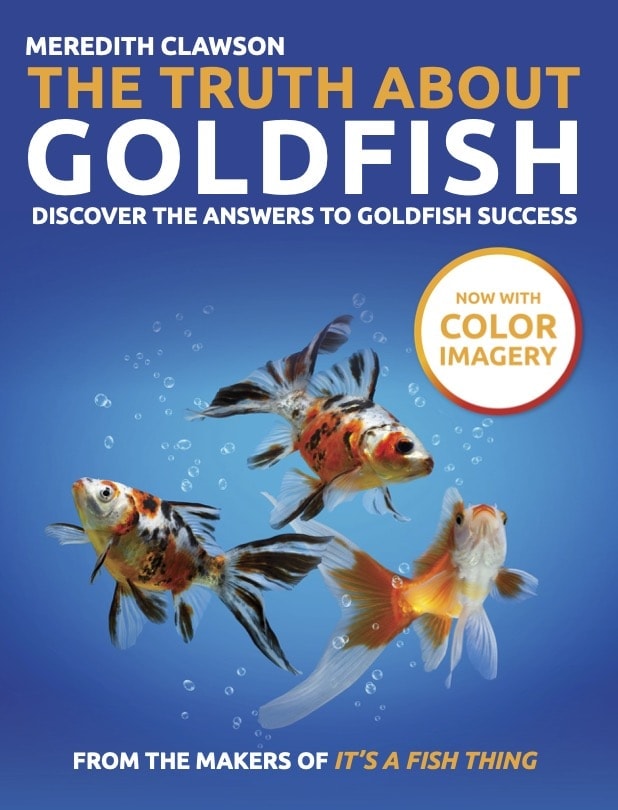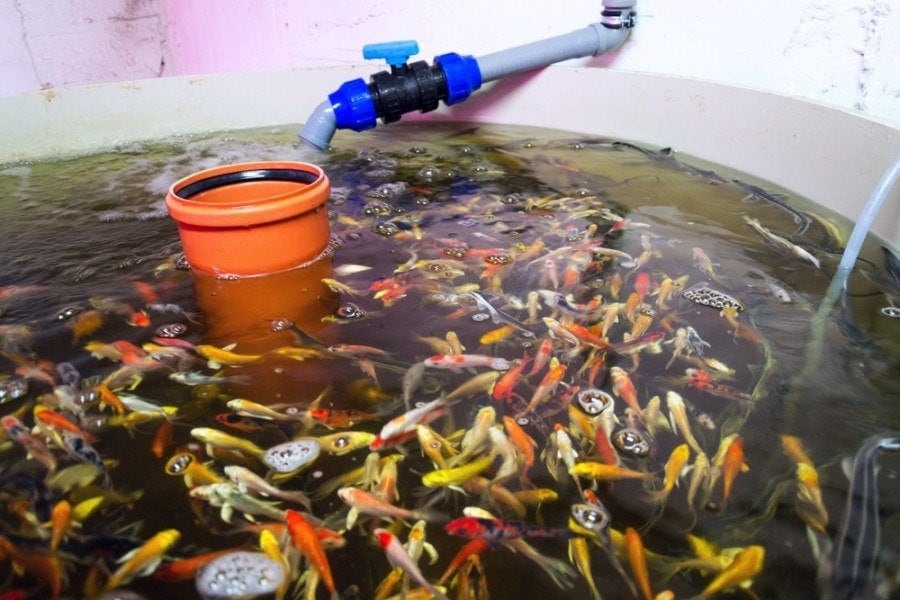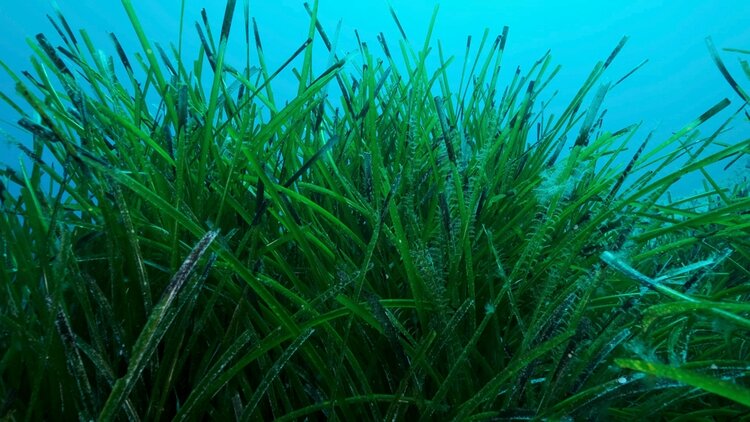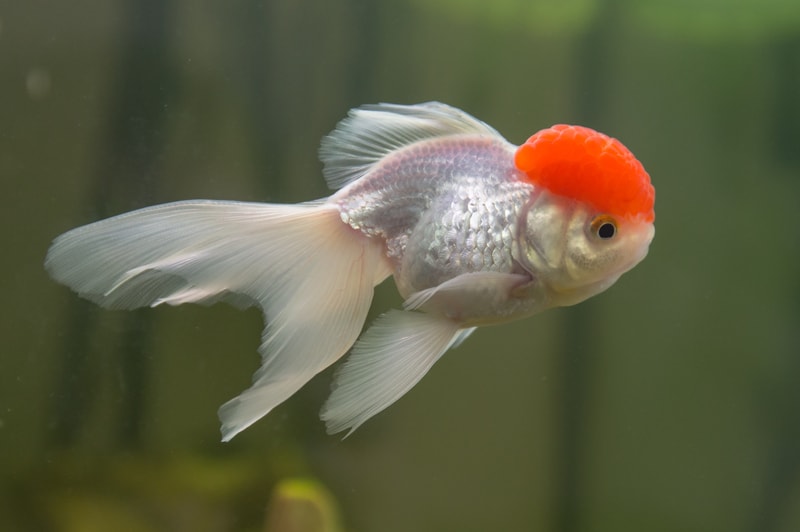Do Goldfish Eat Algae? Vet Approved Facts & FAQ
Updated on
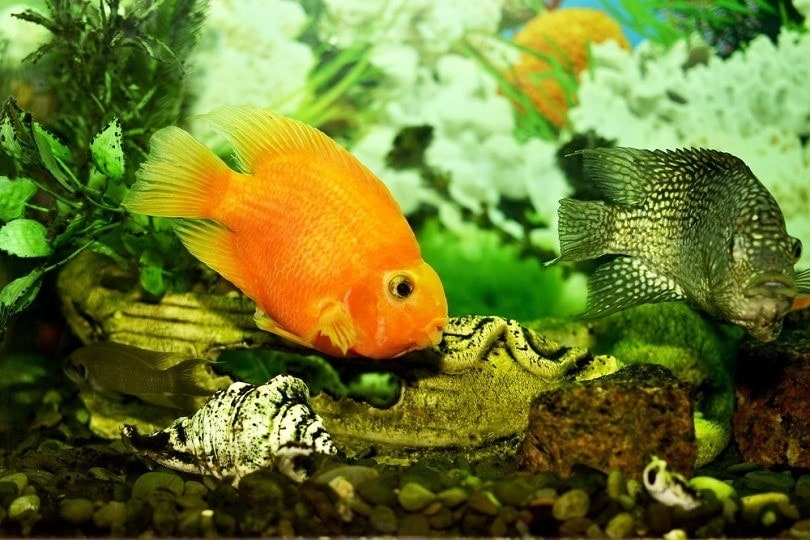
Algae can be a huge pain in your aquarium. There are multiple types of algae, and many of them can be aggressive, taking over all of the surfaces in your aquarium. There are tricks you can implement to reduce algae, like reducing the amount of light your tank gets and the available nutrients in the water.
Because it can be so difficult to deal with, though, some people rely on tank inhabitants to help keep algae under control. There are a variety of invertebrates, like snails and shrimps, and fish that people look to for help with algae control. Will goldfish help you keep the algae in line in your tank?
Do Goldfish Eat Algae?
Yes, goldfish will eat algae, but they are a poor choice as a biological control method. Goldfish are omnivores, which means they eat both plant and animal matter. They’re also rarely picky about what they eat. They love to graze and snack throughout the day, so you’ll likely spot your goldfish eating algae if there is some growing in their tank.
However, goldfish are foragers, so they will likely only consume any algae that are attached to an object that they can pick up in their mouth. For example, if there is algae on a pebble, a goldfish may pick up the pebble, scrape off the algae, and spit the pebble back out. A goldfish wouldn’t do much about any algae growing on the walls of the aquarium. They also don’t seem to care for brown or hair algae.
Goldfish should not be counted on to be the primary source of algae control in your tank, though. They are unlikely to be thorough enough with their algae removal to eliminate the algae, and they should be offered a variety of foods. In fact, no animal added to your tank should be relied upon to remove all of the algae. Almost all animals, including snails and shrimp, need nutrients that algae cannot provide, so they should always be fed a species-appropriate food as the base of their diet.
Many fish die as a result of improper food and/or portion sizes, which can be easily prevented by proper education. That's why our best-selling book, The Truth About Goldfish, covers exactly what you can and can’t give your goldies when it comes to mealtime. It’s even got a section dedicated to keeping your pet fish alive and well-fed when you go on vacation!
FAQ
Is Algae Good for Goldfish?
Algae can be a tasty snack for your goldfish, and although it does contain some nutrients, it doesn’t contain all nutrients needed to sustain your goldfish. Goldfish need a varied diet that contains many nutrients. Ideally, your goldfish’s diet should consist of a high-quality food, like a pellet or gel food, with other food items rotated in. Algae makes a great treat, though, as well as bloodworms, chopped earthworms, brine shrimp, parsley, cilantro, lettuce, cucumber, and banana.
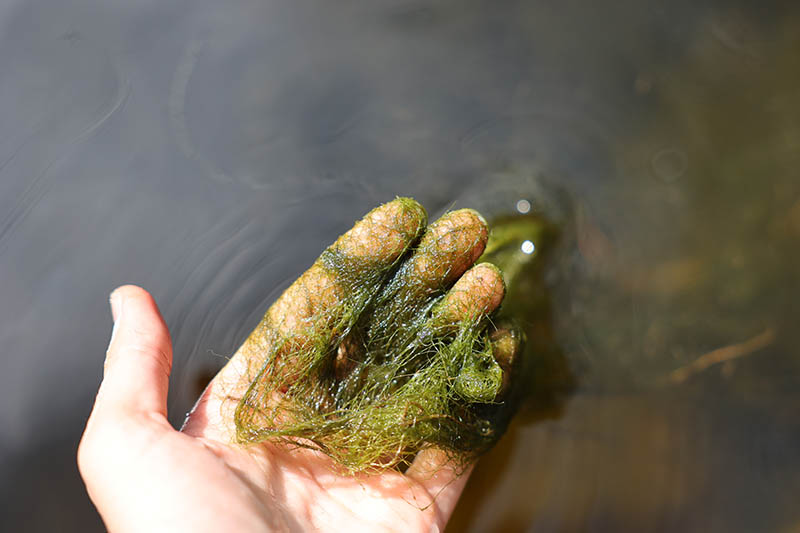
Will My Goldfish Get Too Full of Algae and Not Eat Their Food?
No, your goldfish won’t get too full eating any one food. Goldfish don’t have stomachs in the same way that humans do. They also lack the inherent mechanism that signals fullness (also known as satiety). When they consume food, it goes directly into their digestive tract and immediately begins the digestion process. Goldfish are eating machines that seem to stay hungry all the time. They will happily snack throughout the whole day on whatever food they are provided with or can find. This can range from algae to smaller tankmates.
Should I Get Other Fish to Help My Goldfish Control Algae?
No, you should not be reliant on any of your tank’s inhabitants to keep algae fully under control. Many of the animals that are often picked for their algae-eating abilities, like plecos, are not appropriate tankmates for goldfish.
Goldfish are cool-water fish that require a lot of tank space and heavy filtration to control their bioload, which makes them poor tankmates for many of the fish in the aquarium trade. They also have a tendency to eat anything they can fit in their mouth, including smaller tankmates.
To control algae, you should begin by identifying its cause. In general, algae signals an overabundance of nutrients in the aquatic environment. This can be in the form of an imbalance of light, excess food or fertilizer, or excess nitrate buildup. As far as biological control methods of algae are concerned, aquatic plants remain the best options, as they will compete with algae for the resources and nutrients in the water.
In Conclusion
Goldfish can and will eat certain forms of algae, but they should not be relied upon to keep algae under control or eliminate it. Algae doesn’t contain the nutrition necessary to keep your goldfish healthy, and keeping algae under control is something that you will have to work for. No animal will completely eliminate the algae in your tank, and many of the animals that do help reduce algae aren’t appropriate tankmates for goldfish.
Featured Image Credit to: Csaba Nagy, Pixabay


